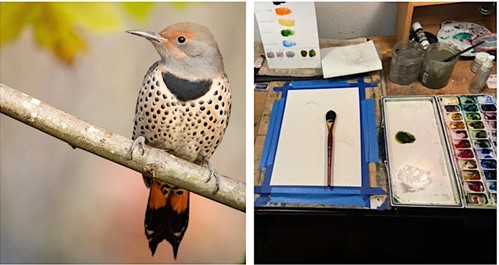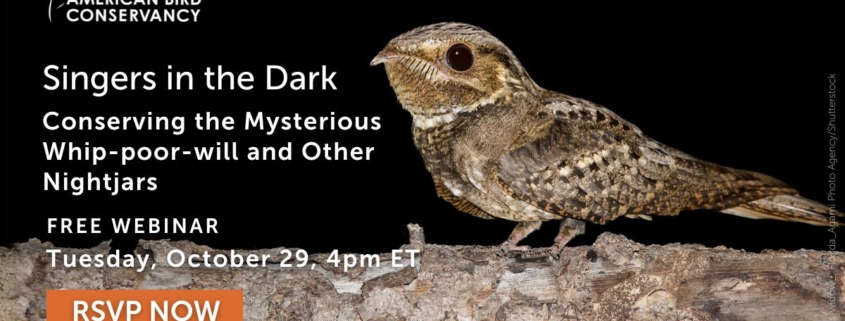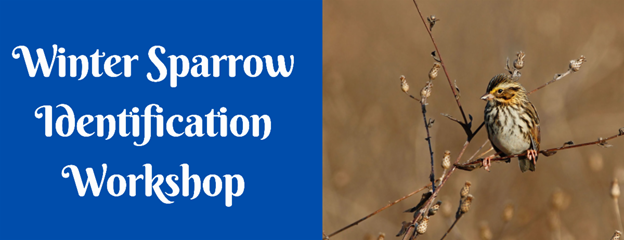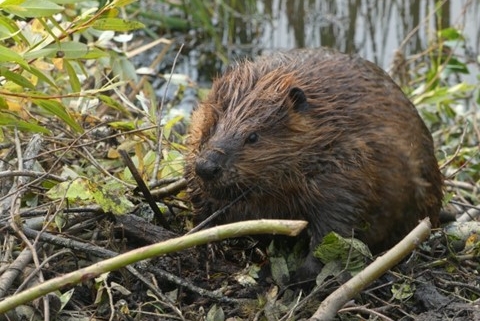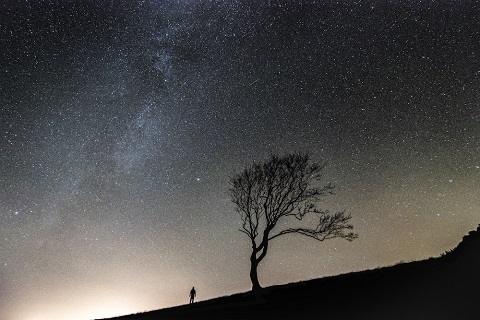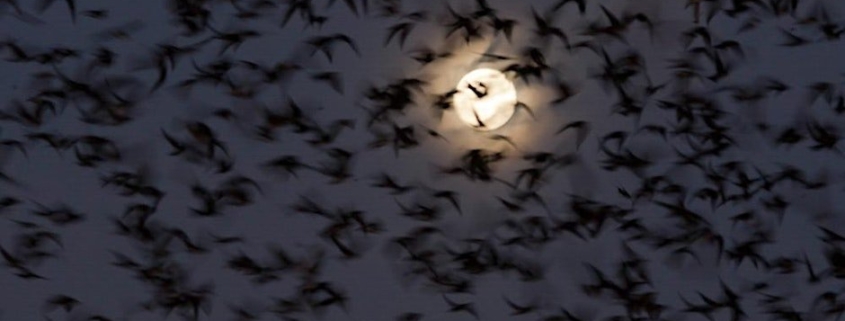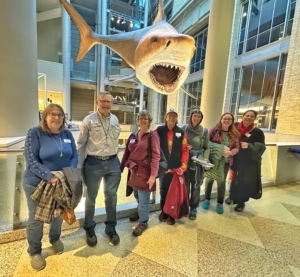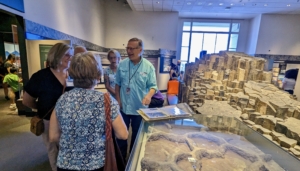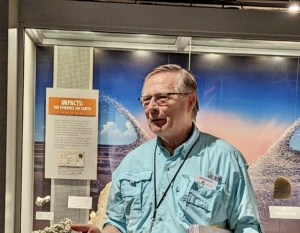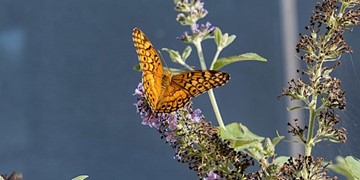Birds in Watercolor: Northern Flicker with Ronna Fujisawa, November 14th
Image: Northern Flicker, courtesy Ronna Fujisawa
Thursday, November 14, 2024
7:00 PM – 8:30 PM
This is a virtual art class.
Members: $25 (Non-members: $35) Northern Virginia Bird Alliance
The Northern Flicker is a woodpecker. Although it can climb up the trunks of trees and hammer on wood like other woodpeckers, the Northern Flicker prefers to find food on the ground. Flickers appear brownish overall with a white rump patch that’s conspicuous in flight and often visible when perched. The undersides of the wing and tail feathers are bright yellow, for eastern birds, or red, in western birds. With a closer look you’ll see the brown plumage is richly patterned with black spots, bars, and crescents.
In this class, students will paint a fun close-up of a Northern Flicker, learning how to mix neutral colors, as well as techniques of layering colors to create various feather patterns. Your instructor, Ronna Fujisawa of Salty Water Art, will be your guide through the step-by-step process of painting.
This is an online class open to all levels of watercolor painters. Beginners are welcome!
The suggested materials for this class:
-
Watercolor suggested colors: Cobalt Blue, Paynes Gray, Naples Yellow, Sap Green, Burnt Sienna, Raw Umber or other brown. Optional – Rich Green Gold or green gold, Transparent Pyrrol Orange. Ronna uses Daniel Smith brand tube watercolor paint.
-
9″ x 12” or larger Arches Cold Press 140-pound watercolor paper
-
#2, #6, #12 round brushes, 1” oval wash brush
-
Graphite transfer paper for tracing (waxed surface)
-
Artist tape and board to tape paper down on all four sides for even borders (not on table)
-
Print-out of the attached photo in color to fit size of your watercolor paper (scroll down for photo, right click to save so you can print it)
-
Pencil to draw or trace, white eraser, water, paper towels
-
Computer or tablet for watching the class
Ronna Fujisawa is an avid bird watercolor artist residing in Portland, Oregon. Salt Water Art is her educational practice consisting of classes on how to paint birds and in watercolor and watercolor plein air workshops. For more information or questions, contact [email protected].


